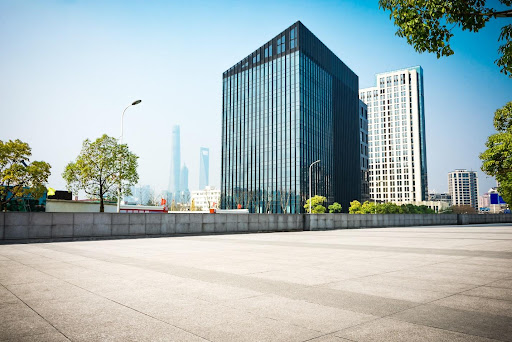The number of commercial establishments is rising rapidly every year. However, the growth in the commercial real estate sector is also aiding climate change due to greenhouse emissions. In fact, the building and construction sectors contribute approximately 40% of global carbon emissions and over 30% of global energy consumption.
Being in the commercial real estate sector, you must look for ways to responsibly reduce wastage and combat climate changes. A smart-tech-enabled building management system can help find a solution faster here.
Improving efficiency through Data-Driven technology
Before looking for ways to reduce energy wastage, building operators must understand its usage patterns. One of the most convenient ways of doing so is through building management software. Such software can monitor rich data related to energy usage and consumption pattern which allows you to manage any mismanagement.
A building management solution can leverage linked devices and systems to provide valuable insights. Building operators can use data to make informed decisions about how to improve energy utilization for their spaces by looking at how lighting, shading, HVAC, and other systems and devices utilize energy.
These platforms allow building managers to utilize real-time data on how their assets, such as heating, lighting, and access control, are working by embracing smart technology. This information helps understand how the building’s many systems interact and how external factors may affect them. The stakeholders can also use the information to manage efficiencies, identify maintenance concerns, guarantee occupant safety, and determine future investment priorities.
Using an integrated platform enables energy efficiency in the commercial real estate sectors and minimizes electricity consumption and expenses. Energy-efficient controls can improve the operation of HVAC systems while reducing energy usage by up to 50%.
Reduction And Elimination of Carbon Footprints
As the requirement for maintaining an environment-friendly property grows stringent, lowering carbon emissions is critical. Commercial real estate stakeholders must adopt strategies that reduce carbon emissions.
Carbon dioxide released by a commercial building for heating, cooling, and lighting is a significant source of greenhouse gas emissions, accounting for 40% of global emissions. Tracking and analyzing the consumption pattern helps building stakeholders optimize power usage and cut down on emissions. Also, being aware of the energy usage patterns helps companies leverage data-driven decisions and create a sustainable environment.
A building management system enables CRE stakeholders to track all these using a single dashboard. It also allows them to reorganize their resources better and adopt a sustainable environment by reducing their carbon footprints. Further, commercial real estate stakeholders can also stay compliant with the global standards of net-carbon efficiency and save on the cost incurred due to energy wastages.














